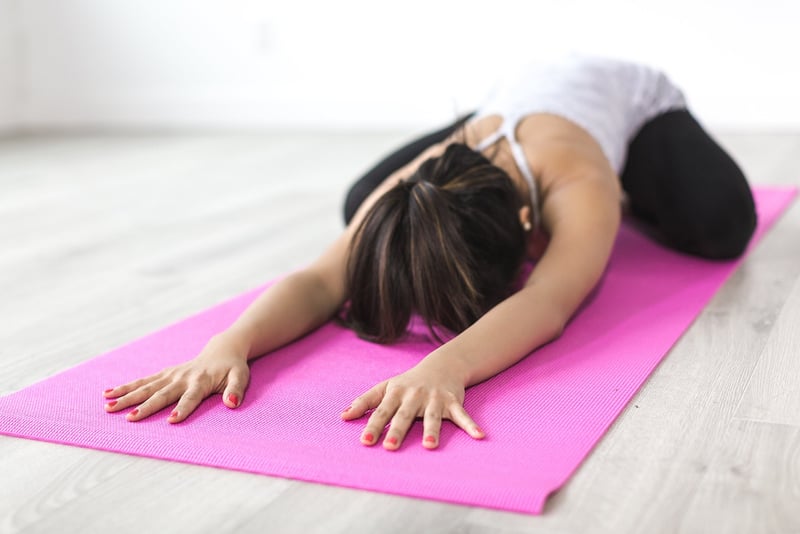Pranayama Practice
#Breathwork
#Meditation
#Relaxation
The Power of Breath: Exploring Pranayama Practice

Pranayama, the ancient yogic practice of controlling the breath, holds immense power in our daily lives. By harnessing the breath through various techniques, we can tap into a source of vitality, calmness, and well-being.
Benefits of Pranayama
- Improves lung function and respiratory health
- Reduces stress and anxiety levels
- Increases focus and concentration
- Enhances energy levels
- Promotes relaxation and better sleep
Types of Pranayama Techniques
There are various pranayama techniques suited to different needs and goals:
- Ujjayi Pranayama: Also known as victorious breath, this technique involves deep inhalations and exhalations through the nose, creating a soothing sound.
- Kapalabhati Pranayama: Involves rapid, forceful exhalations followed by passive inhalations to cleanse the respiratory system and increase energy.
- Sheetali Pranayama: Cooling breath technique where you inhale through the rolled tongue or pursed lips to reduce body heat and calm the mind.
- Bhramari Pranayama: Humming bee breath that involves making a buzzing sound during exhalation to release stress and tension.
How to Practice Pranayama
To begin your pranayama practice:
- Find a quiet and comfortable place to sit with your spine straight.
- Choose a pranayama technique that resonates with you.
- Start with a few minutes of deep breathing to center yourself.
- Practice the chosen pranayama technique for 5-10 minutes, gradually increasing the duration as you progress.
- Conclude with a few minutes of gentle breathing and relaxation.
Regular practice of pranayama can lead to a profound transformation in both body and mind, bringing balance, clarity, and vitality to your life. Embrace the power of breath and unlock its potential through the art of pranayama.

